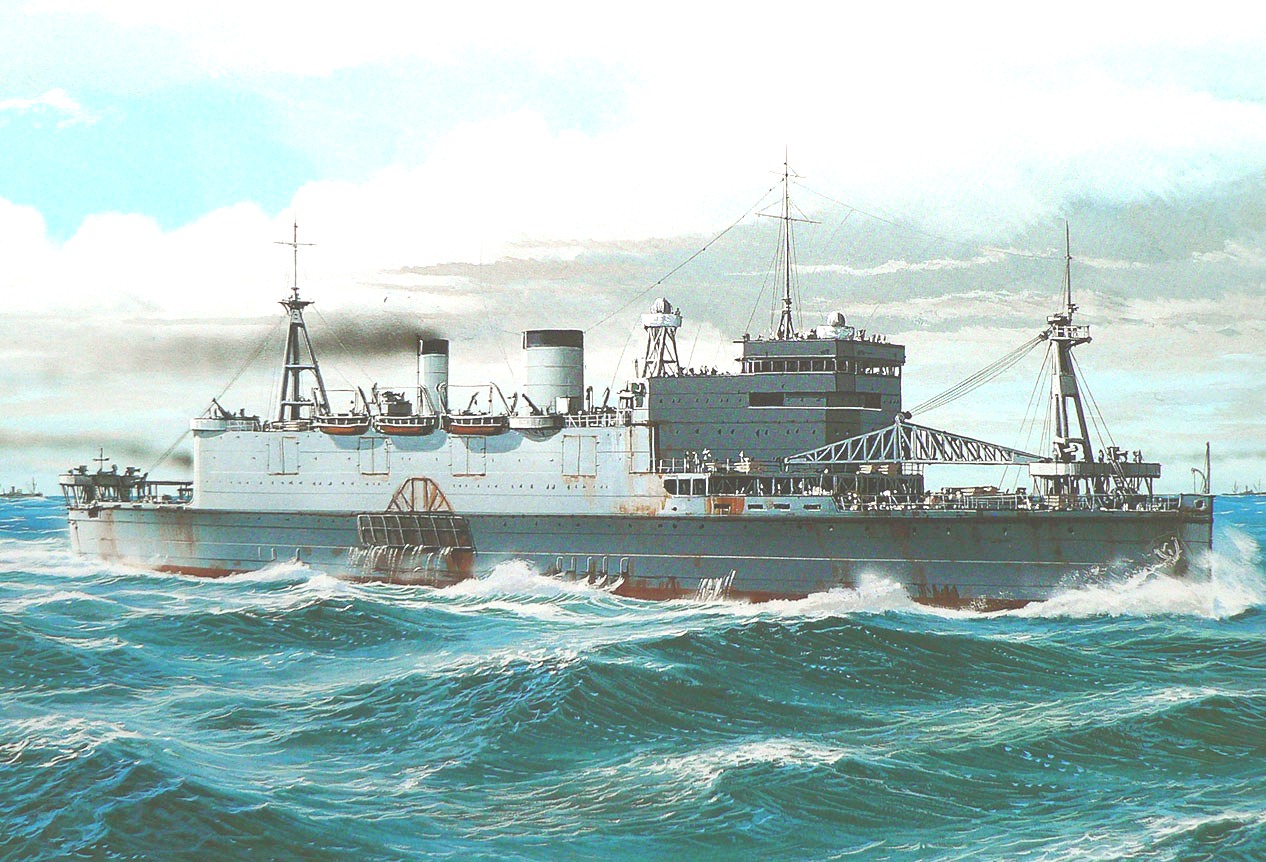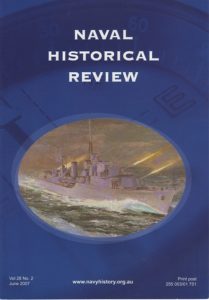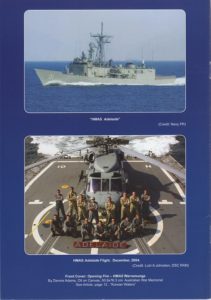- Author
- A.N. Other
- Subjects
- Ship design and development, Ship histories and stories, History - WW2
- Tags
-
- RAN Ships
- None noted.
- Publication
- March 2024 edition of the Naval Historical Review (all rights reserved)
By Rohan Goyne
The Battle of Sunda Strait is remembered for the loss of the allied cruisers USS Houston and HMAS Perth in a confused night action in the Sunda Strait off the island of Java, then in the Netherlands East Indies, on 28 February 1942.
A much less known element from the Japanese story of the battle is the loss of the Shinshū Maru, a secret ship which was one of several Japanese Imperial Navy vessels lost to friendly fire during the confused night action. Shinshū Maru was the prototype of the modern amphibious assault ship/carrier equivalent to HMS Fearless which saw service four decades later in the Falklands War in 1982.
Shinshu Maru
The Shinshū Maru as pictured below was built by Harima SB Co in Harima in 1934-35. She displaced 12,000 tonnes, was 492 feet in length and powered by 2 shaft geared turbines for a top speed of 19 knots.
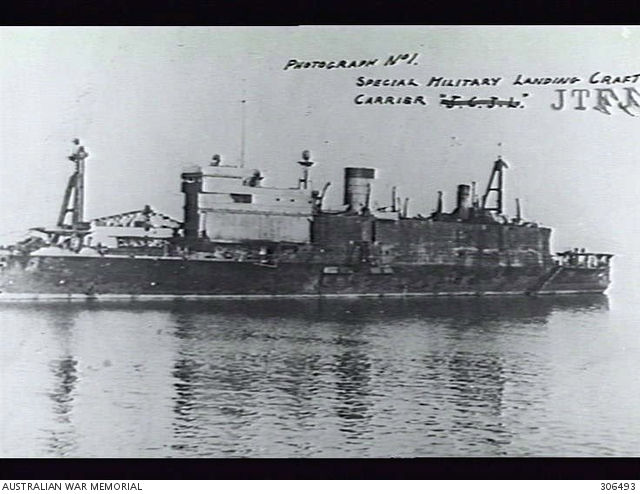
She was armed with 5 x 75 mm anti-aircraft guns. Her internal structure included a through-deck for carrying 20 fully laden landing craft which could be discharged two at a time through stern doors. Tanks and other heavy cargo could be taken aboard through loading ports located amidships.1
Whilst on deployment the identity of the ship was protected by the Japanese by the use of false names such as Fuso Maru.
Amphibious Operations 1935-1942
The Shinshū Maru first saw operational service in Japanese amphibious operations in the Second Sino-Japanese War. The Japanese conducted amphibious operations on many of China’s navigable rivers such as the Yangtze River during that war. In 1937, the Shinshū Maru was used with other assets to relocate the Japanese 13th Division from Shanghai and landed further upstream on the Yangtze River, thereby bypassing the Chinese defensive lines which surrounded the city and which had contained the Japanese landing force for the previous two months.2 This move changed the fate of the Chinese Army entrenched around Shanghai.
On 27 February 1942, the Shinshū Maru, together with 32 other transports, was anchored on the western shore of Bantam Bay off the island of Java. At around 2215, USS Houston and HMAS Perth accidentally encountered the troop transports and their escorting destroyers. At 2300, the Japanese heavy cruisers Mogami and Mikuma with their escorting destroyers entered the Sunda Strait and Mogami immediately launched six long lance torpedoes at Houston. The torpedoes passed under Houston but exploded under several of the transports in Bantam Bay, including Shinshū Maru, which sank in shallow water with Lieutenant-General Hitoshi Imamura and his 16th Army HQ aboard. The LTGEN had to abandon ship but was rescued by a small boat and taken to shore on Java.3
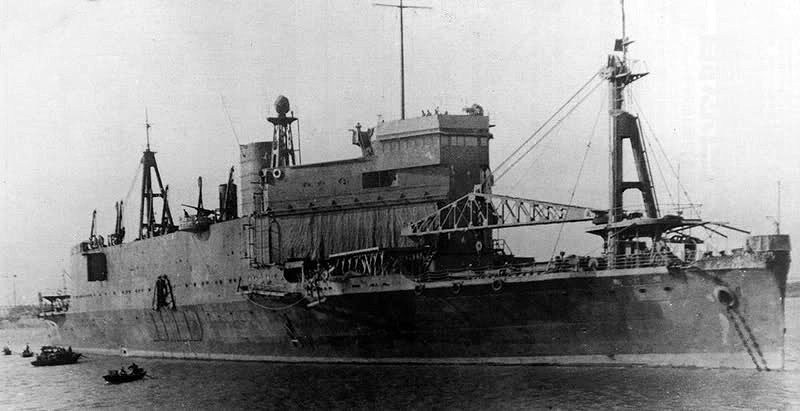
The Shinshū Maru was subsequently refloated, sent for repairs at Singapore and returned to service. On 3 January 1945, while returning to Takao after a supply mission to Leyte Island, Shinshū Maru was heavily damaged by a US Task Force 38 air attack; she was sunk by the submarine USS Aspro in the Formosa Straits off Takao. A number of survivors were trans-ferred to escorts but 66 gunners, 33 crew and 283 soldiers were killed in action.
The concepts pioneered by Shinshū Maru persist in current amphibious assault ships such as HMA Ships Adelaide and Canberra.
Footnotes:
1 Jentschura, H., Jung, D. & Mickel, P. Warships of the Imperial Japanese Navy 1939-45, Arms and Armour Press, London, 1977, p235.
2 Lovering, T. Amphibious Assault, Manoeuvre from the Sea, Seafarer Books, Suffolk, 2007, p54-55.
3 Hackett, Bob, & Cundall, Peter (2012). “Tetsusei Dai Hatsudotei: IJA Landing Craft Depot Ship Shinshū Maru”. combinedfleet.com. Retrieved 5 November 2019.
